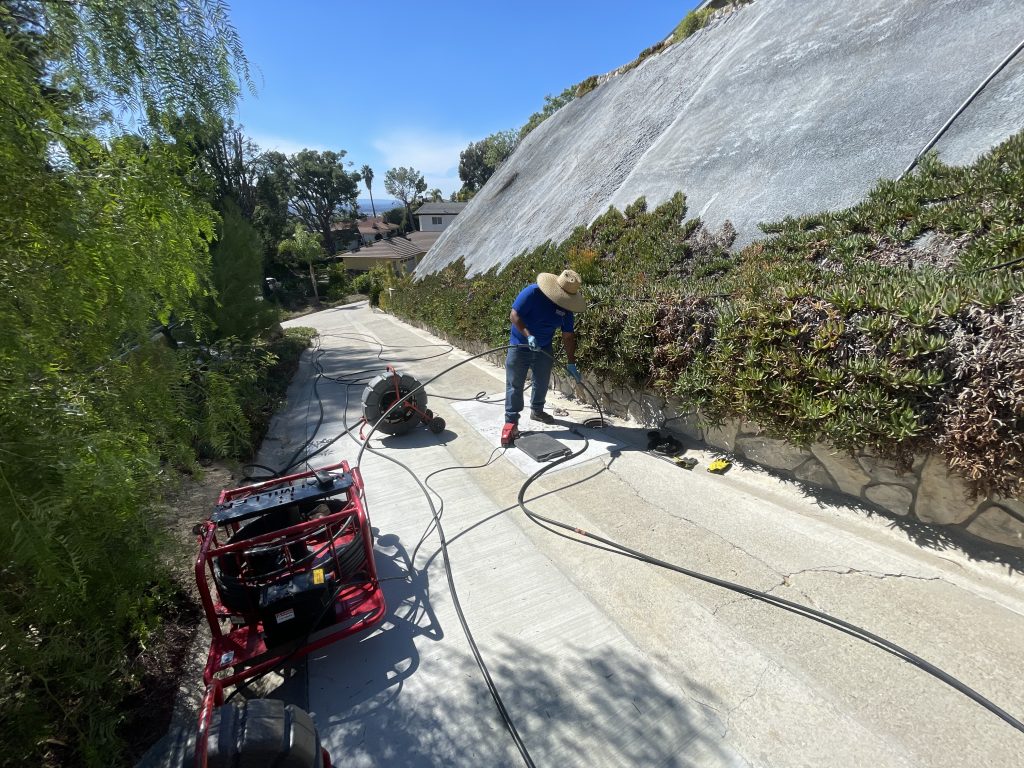What Is Sewer Jetting?
A clogged sewer line is one of those problems that quickly goes from annoying to overwhelming. And in many cases, the traditional approach to fixing it—digging up your yard to reach the pipe—can feel just as disruptive as the clog itself.
That’s where sewer jetting comes in. Also known as hydro jetting, this modern solution clears out built-up debris inside sewer lines using high-pressure water streams. The process breaks through grease, sludge, and other blockages without having to tear up your property.
If you’re a homeowner or business owner, it’s worth understanding how sewer jetting works. In the right situation, it can prevent you from spending thousands on invasive sewer repairs or full pipe replacements.
How Sewer Jetting Works
Instead of using a shovel to reach the clog, sewer jetting uses water powered by an industrial-grade pump. That water is pressurized in a tank and released through a special nozzle that shoots it into the line. The stream scours the pipe walls and blasts through the blockage, allowing water to flow freely again.
The nozzle design is key—it’s built to push forward once it encounters resistance, helping it work through even the most stubborn buildup. Think of it like a pressure washer, but far more powerful and made specifically for drain lines.
When Sewer Jetting Makes Sense

This service is best for heavy clogs that are deep within the sewer line. It’s especially useful when traditional snaking methods just aren’t cutting it. Keep in mind, though, that sewer jetting won’t repair structural pipe damage or fully solve issues caused by invasive roots. In those cases, the line itself may need replacement.
How Often Should Sewer Jetting Be Done?
Routine jetting helps keep things running smoothly. Even if you’re careful about what goes down the drain, grease and buildup tend to sneak in over time. A good rule of thumb is to schedule a service every 12 to 18 months. It’s also a smart move when moving into a new home—you never really know what the last owner left behind in the pipes.
During the visit, ask the plumber to check the condition of your pipes. Sewer jetting is generally safe, but older lines may need a gentler approach or a more permanent solution.
Should You Try It Yourself?
As tempting as it may be to DIY this one, sewer jetting isn’t a weekend project. The equipment used by pros is significantly more powerful than anything you’ll find at the hardware store, and handling it without proper training can do more harm than good. For both safety and effectiveness, it’s best to leave the job in expert hands.
If a clogged sewer line is giving you trouble, hydro jetting might be exactly what you need. Reach out to Drain It Plumbing to schedule a service or request a quote online. We’ll help get things flowing again—quickly and cleanly.
Copyright © 2025 Drain It Plumbing